North East India is the happy marriage between ethereal natural beauty and rich cultural heritage. This part of the country is absolutely exquisite for as far as it stretches. It is a whole new world, spirited, charming, intriguing and wholesome. The eight states that form North East India are no less than right wonders! Sikkim is one wonder of these eight beautiful states. A multilingual and multiethnic state, Sikkim is a melting pot of cultures. Consequently, the state sees celebrations of a varied number of festivals. However, of all the lovely festivals ‘Lhosar’ or the Tibetan New Year is celebrated with utmost enthusiasm and verve. Moreover, Lhosar coincides with the culmination of the harvest season in Sikkim. This gives the farmers a long due break and double the reason to celebrate!
History of Lhosar
As ancient scriptures suggest, Lhosar precedes the arrival of Buddhism in Tibet as well as a few parts of India. Prior to the establishment of Buddhism, Tibetan locals followed the ‘Bon religion’.
As per Bon customs, Lhosar used to be a winter celebration. Locals followed a special incense burning ritual during the festival. In order to please their local deities, natural spirits, protectors, locals burned large quantities of incense. Folklore suggests that the festival started when an old woman named Belma introduced time measurement by the phases of the moon. However, changes in Tibetan astrological practices lead to the redirection of the annual festival to the summer. Eventually, with the onset of Buddhism the festival was adopted into the religion. Ultimately, Lhosar became the most significant Tibetan festival, celebrating both the New Year and the dawn of the new harvest season.
Also read : Nathula Pass: A Melting Point Of Two Vibrant Cultures.
Significance of Lhosar
Today, people in Sikkim as well as Darjeeling fondly celebrate Lhosar. It falls in the month of February or rather the 29th day of the 12th month in the Tibetan Lunar calendar. A significant animal : Rat, Ox, Tiger, Rabbit, Dragon, Snake, Horse, Goat/Sheep, Monkey, Rooster, Dog and Boar represents each year. It is one of the most important festivals for Tibetans in Sikkim and across the world. The festival commemorates the New Year on the Tibetan calendar as well as marks the commencement of the new harvest season. It is the celebration of love, happiness, prosperity and abundance. Moreover, it is a way of spreading positive energies and warding of f evil. The locals see it as mass revelry and an opportunity for relaxation and indulgence.
Rituals and Practices of Lhosar
Preparations and festivities begin almost a week prior to the festival in Sikkim. Houses, shops, stupas and monasteries all adorn magnificent decoration. Sprightly colours, lights and markers of Buddhist symbols brighten up the streets. Notably, every household has an enchanting Buddhist shrine. This shrine is set up to attract blessings and as a means of manifestation. Friends and family visit each other and partake in merry-making with pure love and warmth. They visit monasteries to say their prayers and express gratitude too. ‘Tsampa’ (Mixture of roasted barley, flour and butter) is a special offering made at the altar of every home. The mix is offered as a symbol of abundance in the new harvest season.
About three days prior to the festival performances of the ‘Gutor Chan’ dance take place at the Rumtek monastery. This performance signifies the victory of good over evil. Furthermore, the Yak dance performance by youngsters makes the festive vibe exponentially electrifying and vibrant! The festival also sees the preparation of a large and indulgent variety of food. The festive food is undeniably delicious, be it at full fledged parties or small gatherings. From a range of meats and sweets to traditional dishes such as ‘Dresi’ and ‘Guthuk’, the feast is as grand as it gets. Additionally, ‘Chhang’ beer is a popular beverage during the festival. This three day celebration is complete with song and dance, chants, joyous meetings, delectable food and untainted jamboree.
Conclusion
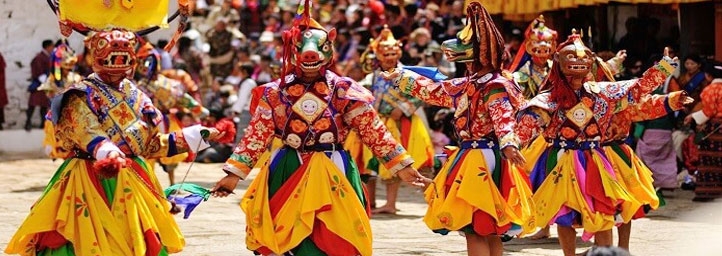
Being a Himalayan abode, Sikkim attracts tourists from all over the world. It’s serene natural beauty and opulent heritage is mesmerising to say the least. Visiting Sikkim and immersing yourself in it’s charm can be enriching and soul satisfying. If you’re planning a trip to Sikkim we recommend you plan it around the celebration of Lhosar. It’ll be the perfect opportunity to soak in the culture of the state and be one with its roots. Moreover, celebrating Lhosar with the locals will be a beautiful and wholesome experience. One can even opt for a local stay with a family to be able to closely observe their traditions and the way they celebrate their New Year!

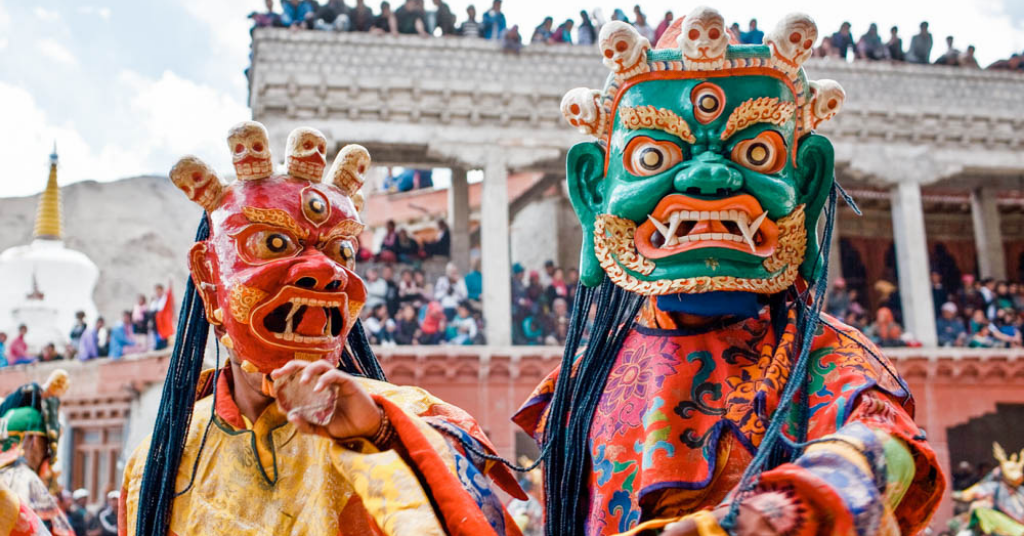
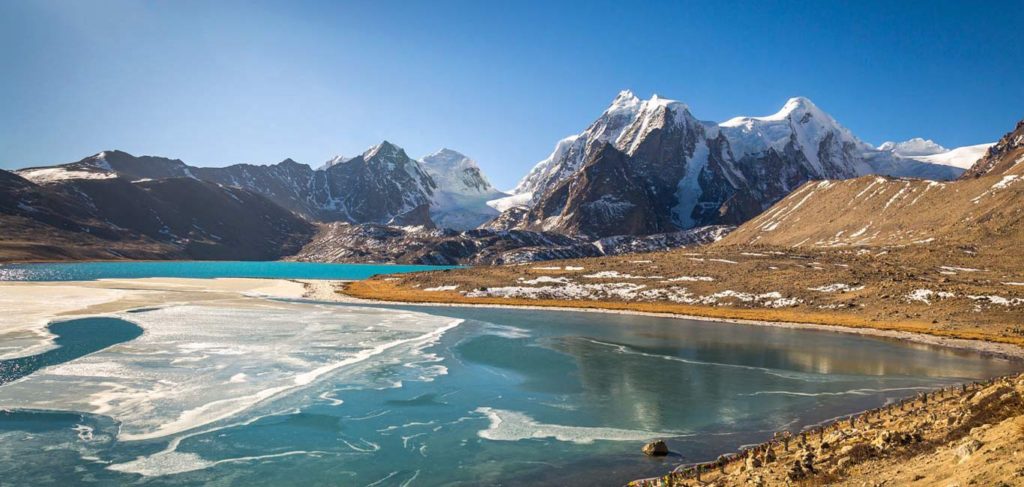

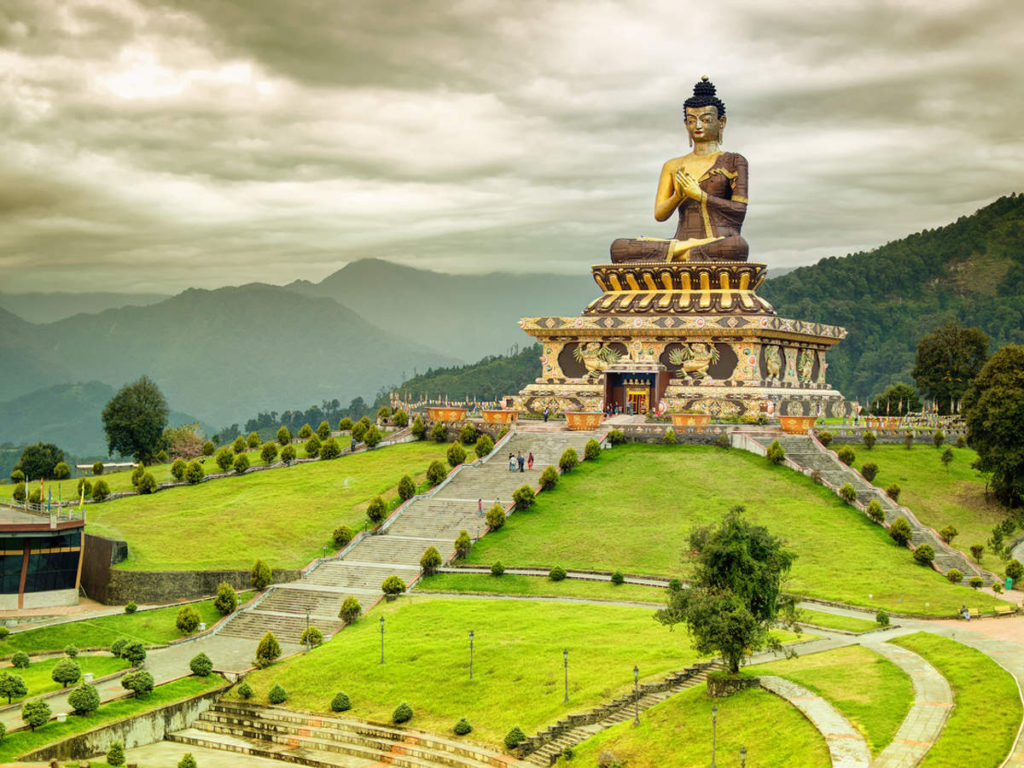
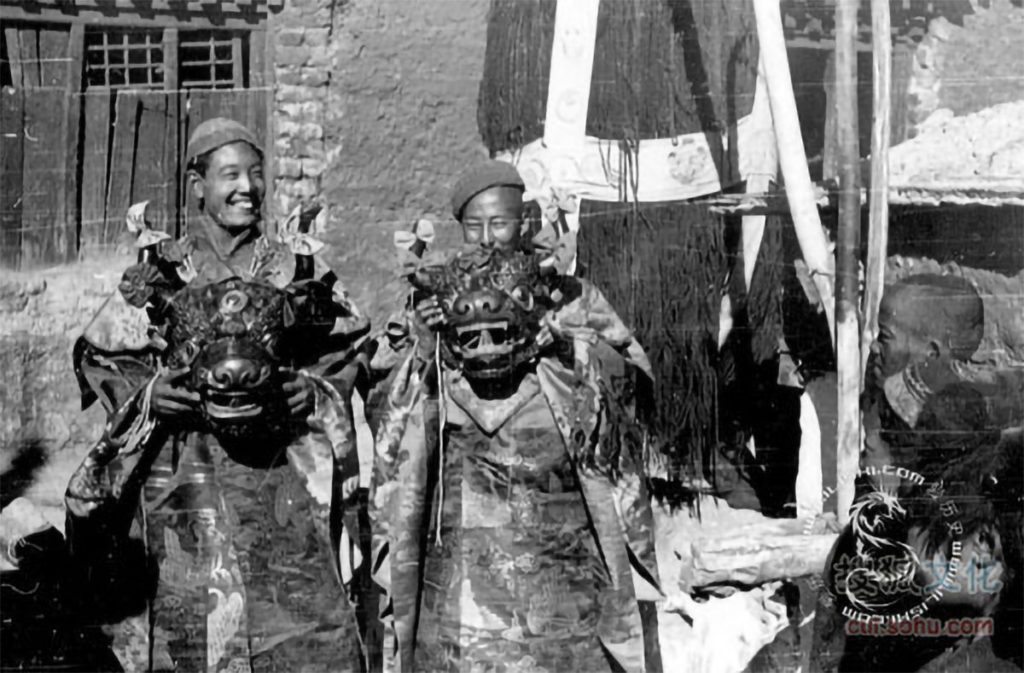
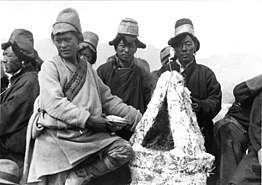
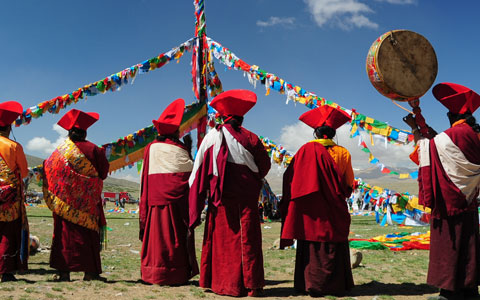
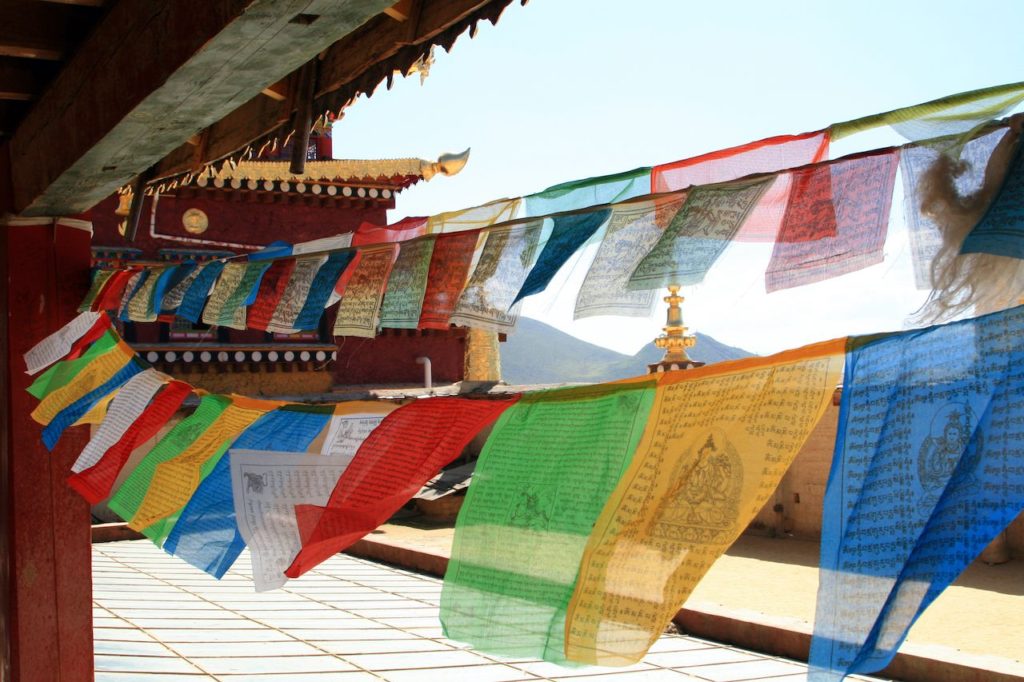
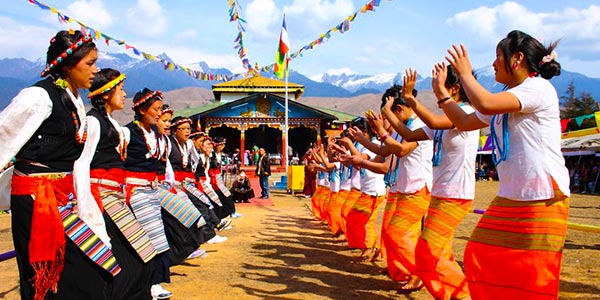
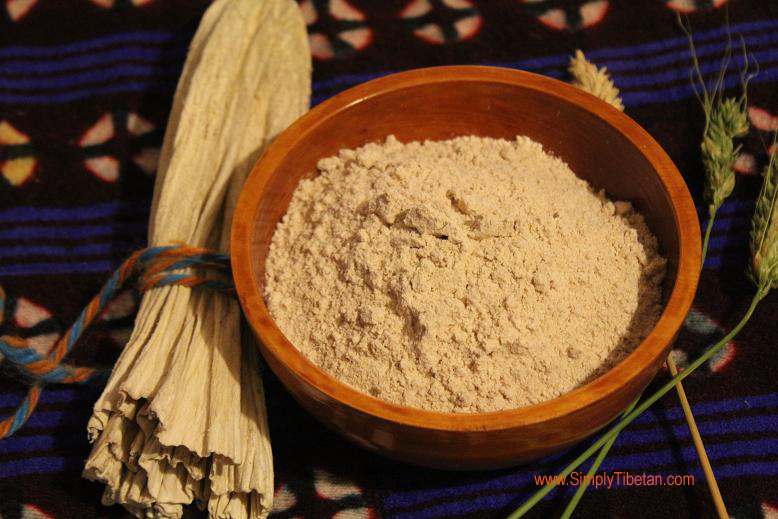






2 Comments